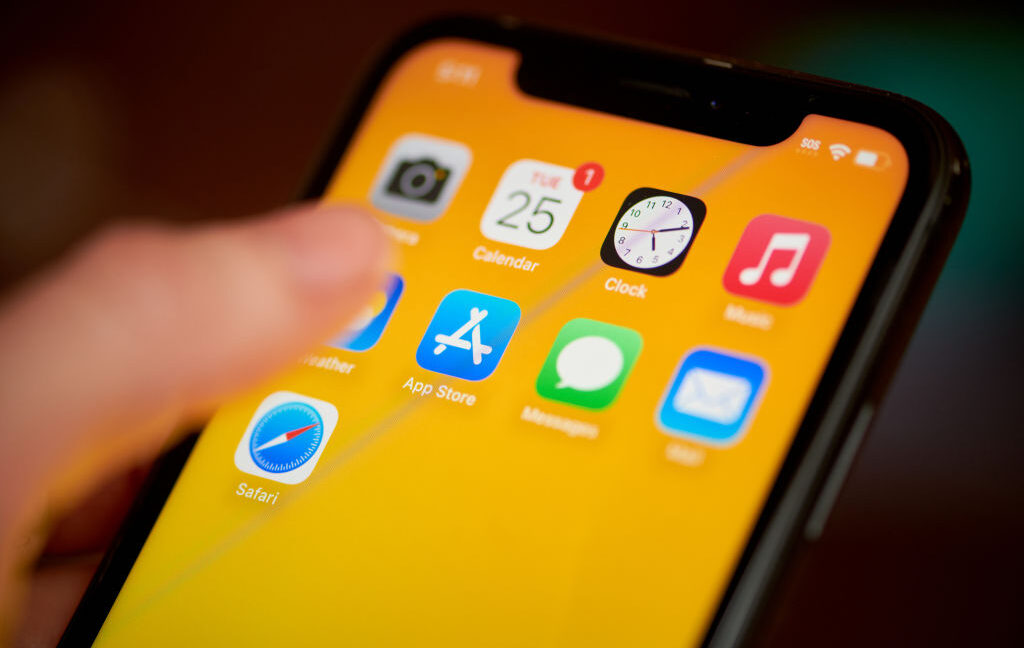Whoop wants everyone to give a whoop about the new Whoop 5.0
The Whoop 5.0, announced today, is a significant hardware and software update with subscription pricing that seems keen on broadening its appeal to a wider audience. When I reviewed the Whoop 4.0, I said it was a tracker that made sense for athletes, but not so much the average person. Between hyper-performance-focused features and a […]


The Whoop 5.0, announced today, is a significant hardware and software update with subscription pricing that seems keen on broadening its appeal to a wider audience.
When I reviewed the Whoop 4.0, I said it was a tracker that made sense for athletes, but not so much the average person. Between hyper-performance-focused features and a pricey $30 monthly subscription, it wasn’t as accessible as other health and fitness trackers. It seems like Whoop’s taken that feedback to heart with its new Whoop 5.0.
Let’s start with hardware. There are two versions of the Whoop 5.0: the regular one and the Whoop MG (MG stands for medical grade). Both are seven percent smaller than the 4.0 tracker, and Whoop claims it now has 10 times the power efficiency for 14 days of estimated battery life. There’s also a new wireless charging pack that holds another 30 days of charge. Processing speed is also purportedly 60 percent faster, and the sensors capture data roughly 26 times per second. The main difference between the regular 5.0 and the MG is the latter has EKG capabilities. More on that in a bit.

Aside from the main tracker, Whoop is also adding new straps (including leather) and options for its Whoop Body clothing, which allows you to slot the tracker into specially sewn pockets. This lets you wear Whoop to other occasions, including formal events where a sporty tracker might not fit the dress code. The bad news is Whoop 4.0 straps are not interchangeable, though Whoop said in a press briefing that there will be an upcycling kit option for folks who upgrade.
The bulk of the updates are software-based. On top of a streamlined app design, Whoop is introducing several new health features and metrics: a new longevity metric called Healthspan, FDA-cleared EKGs to detect atrial fibrillation and enable irregular heart rhythm notifications, blood pressure insights, hormonal insights for women, and a new experimental beta program called Whoop Advanced Labs. Those are just new features — Whoop says it’s also revamped sleep tracking with an update to Sleep Score, haptic alarms, and bedtime recommendations.
Healthspan takes nine metrics to show how well users are aging physiologically compared to their chronological age. Aside from giving users a “Whoop Age” to represent this, the app will also offer tips on how daily habits impact the score. It’s a similar thought process behind blood pressure insights, which will require calibration with a cuff to get estimated readings and guidance. (Whoop says blood pressure is purely meant to be a wellness feature, and therefore doesn’t require medical clearance.) This is similar to recent metrics we’ve seen from Oura and Samsung, though those were specific to cardiovascular and metabolic health, respectively. Hormonal insights for women takes cycle tracking a step further, giving guidance regarding how hormones may influence recovery, sleep, stress, and performance during menstruation, pregnancy, or perimenopause. The EKG feature is relatively straightforward, it’s just a first from Whoop.
Whoop Advanced Labs is the most dramatic new health feature. It won’t be available at launch — there’s currently a waitlist — but it will allow Whoop users to schedule blood tests reviewed by clinicians. Those results can be viewed in the Whoop app alongside other metrics. When it is launched, Whoop Advanced Labs will also require an extra charge outside of the monthly subscription.

Speaking of which, Whoop is redoing its subscription model. Previously, Whoop’s subscriptions were either a family membership, and a 12- or 24-month commitment period. Now, Whoop is dividing subscription tiers based on price and feature set. The entry-level Whoop One tier costs $199 annually, includes Whoop 5.0 hardware, a wired charging pack, and the basic fitness tracking metrics plus AI coaching. The mid-tier Whoop Peak subscription costs $239 annually (same as the current 12-month subscription). It includes everything on Whoop One, plus the new Healthspan metric, stress tracking, a wireless charger, and the Health Monitor dashboard for viewing your metrics. The premium Whoop Life subscription costs $359 a year, adds in EKGs and blood pressure insights, and comes with the Whoop MG hardware.
While some of these changes are bound to rile up existing users, they make sense when considering what Whoop is up against.
Smart rings are increasingly encroaching on Whoop’s territory for sleep and recovery tracking. It’s also difficult to pull hardcore athletes fully away from their Garmin, Suunto, and Coros watches. Meanwhile, the average user likes that Apple, Google, and Samsung watches can do more than track health thanks to their screens, something Whoop deliberately avoids.
If it wants to grow, Whoop has to appeal to more than a niche subset of fitness tracker users while making its subscription plans more palatable. The question is whether this mix of features, hardware, and subscriptions is the right one for the masses — a thing I’ll be evaluating as I try out the Whoop 5.0 over the next month. But in the event you don’t feel like waiting, you can order the Whoop 5.0 starting today.










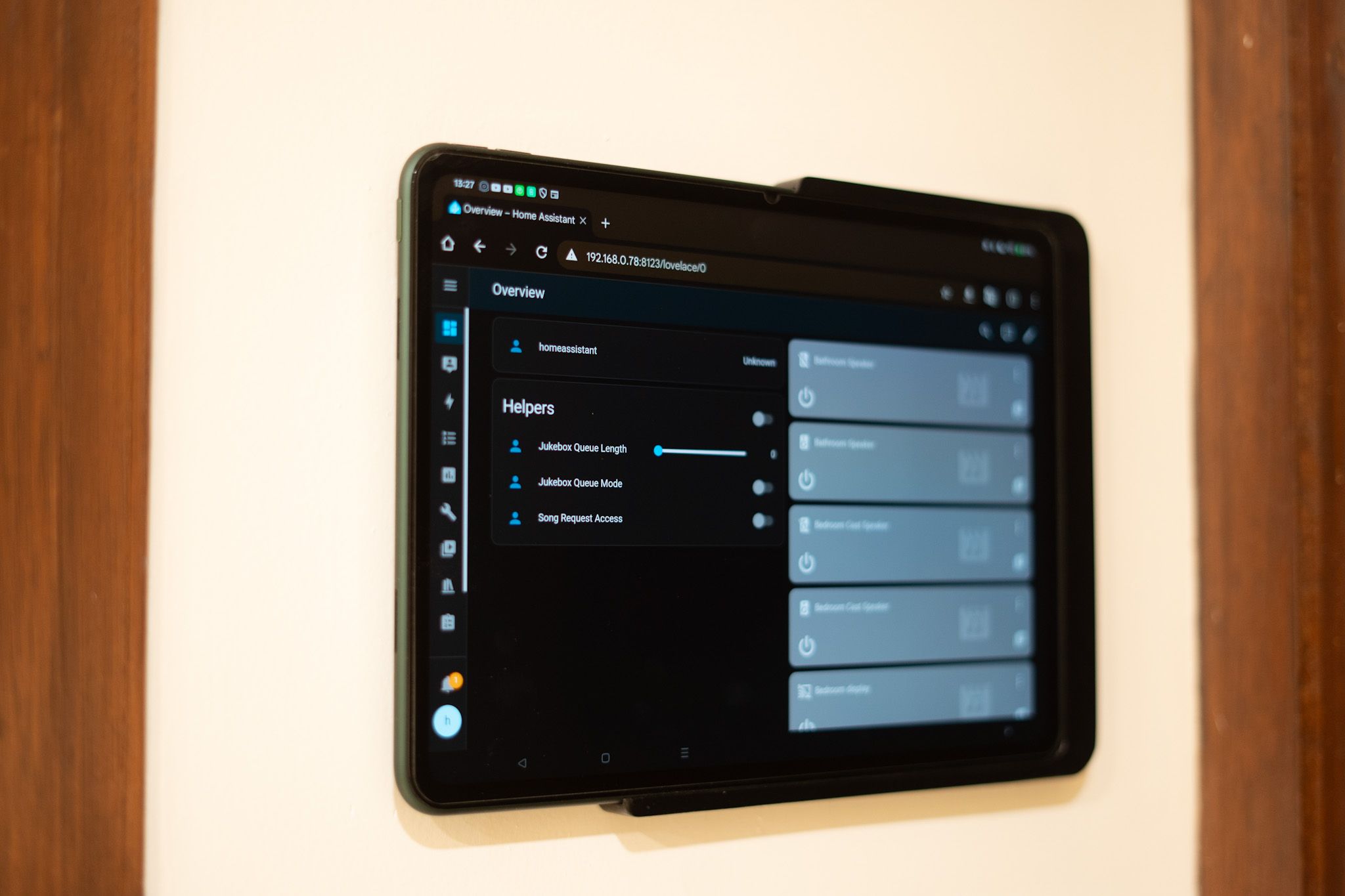


























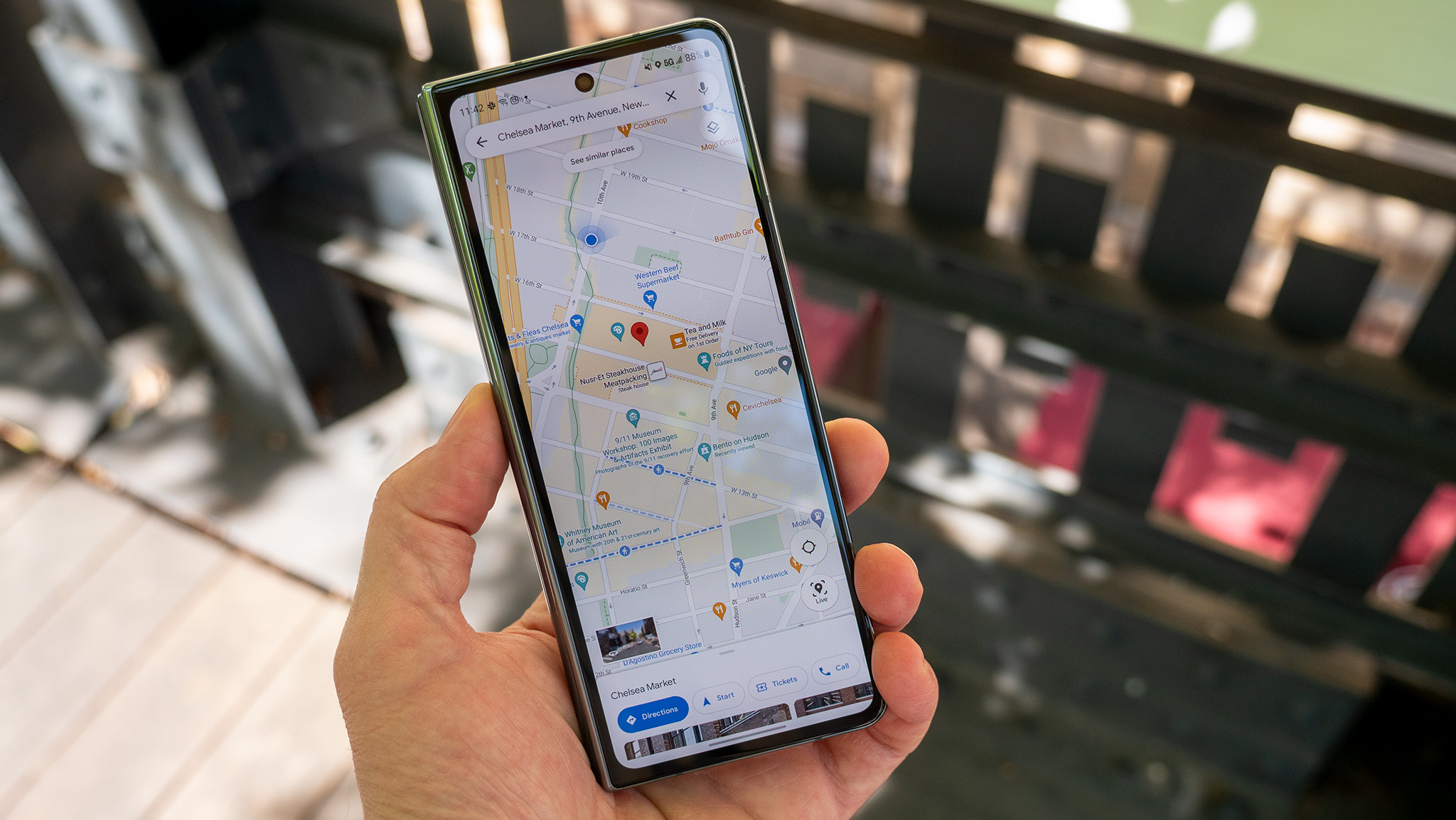




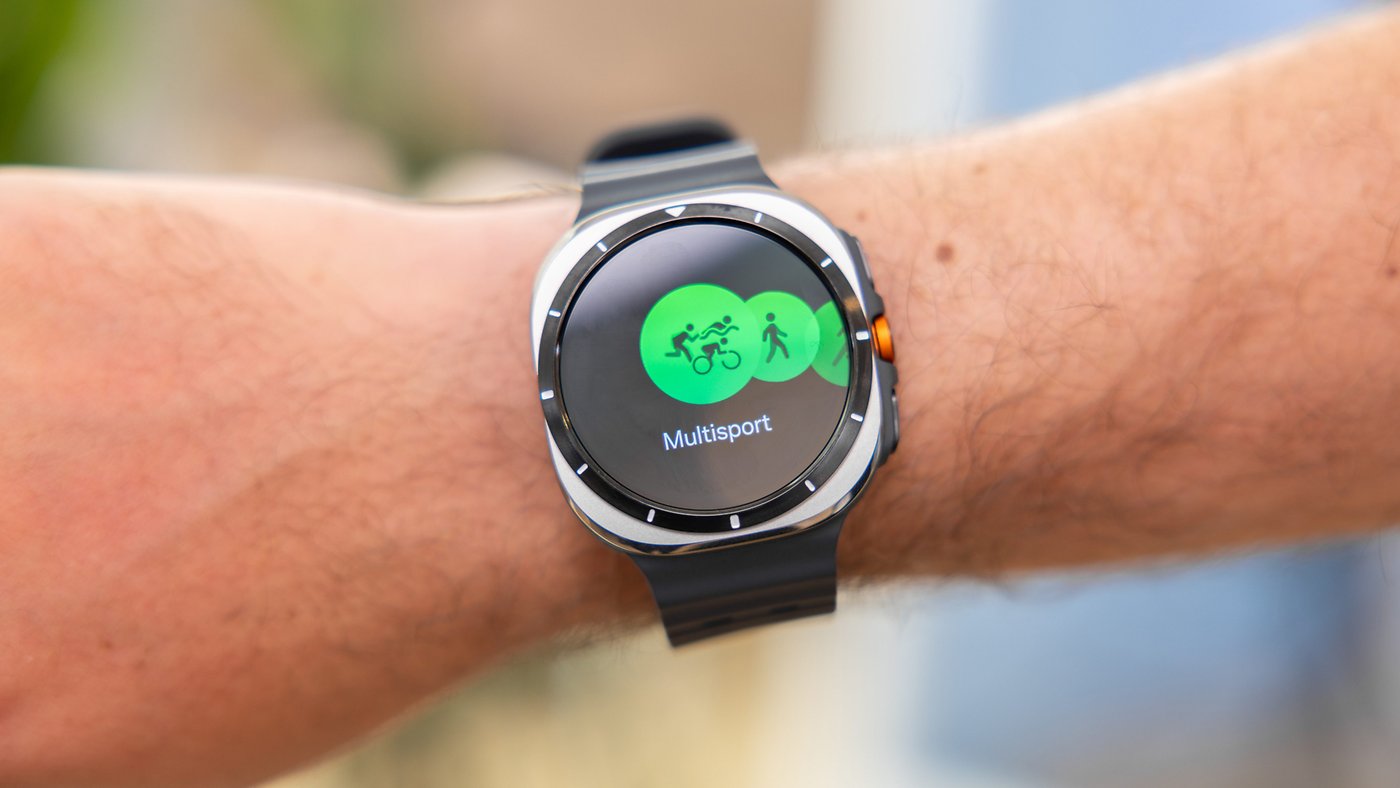

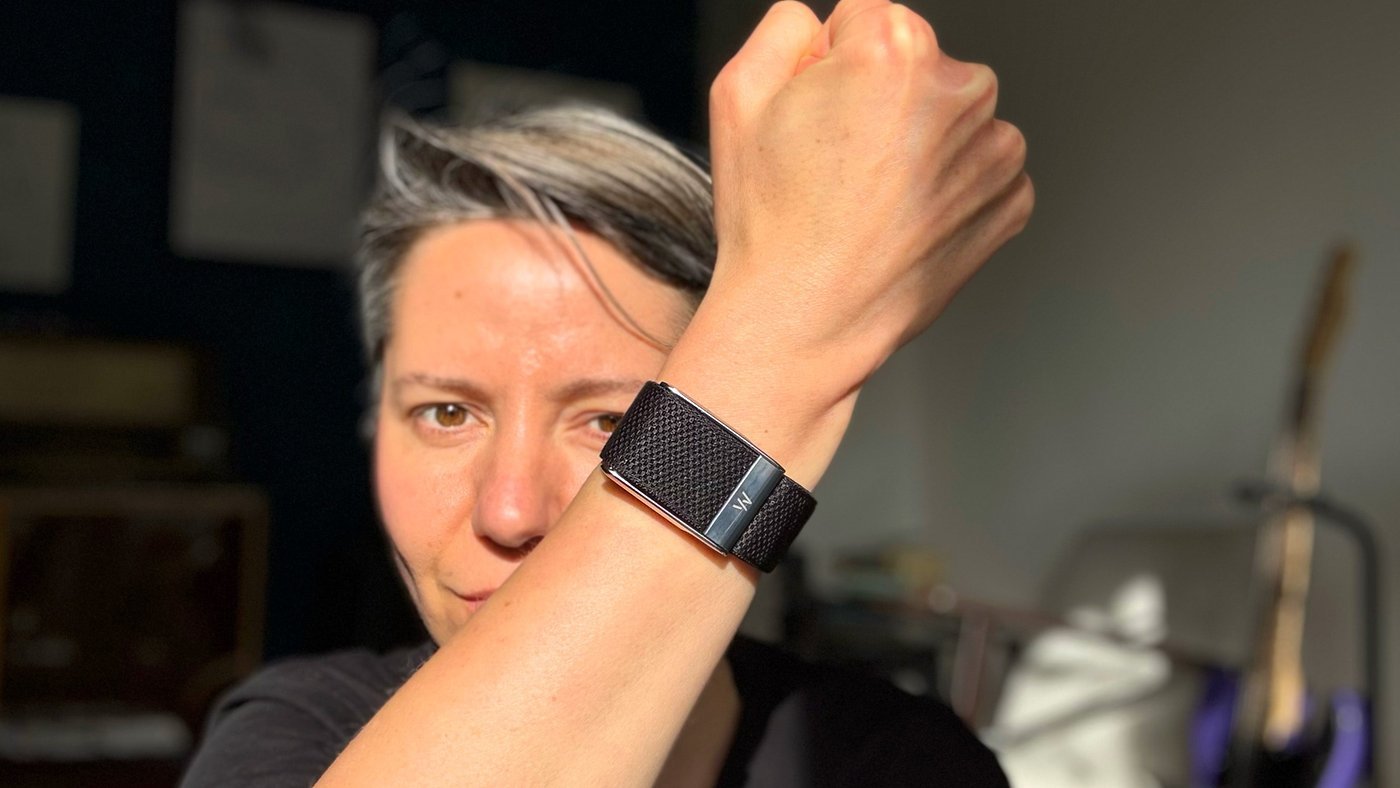
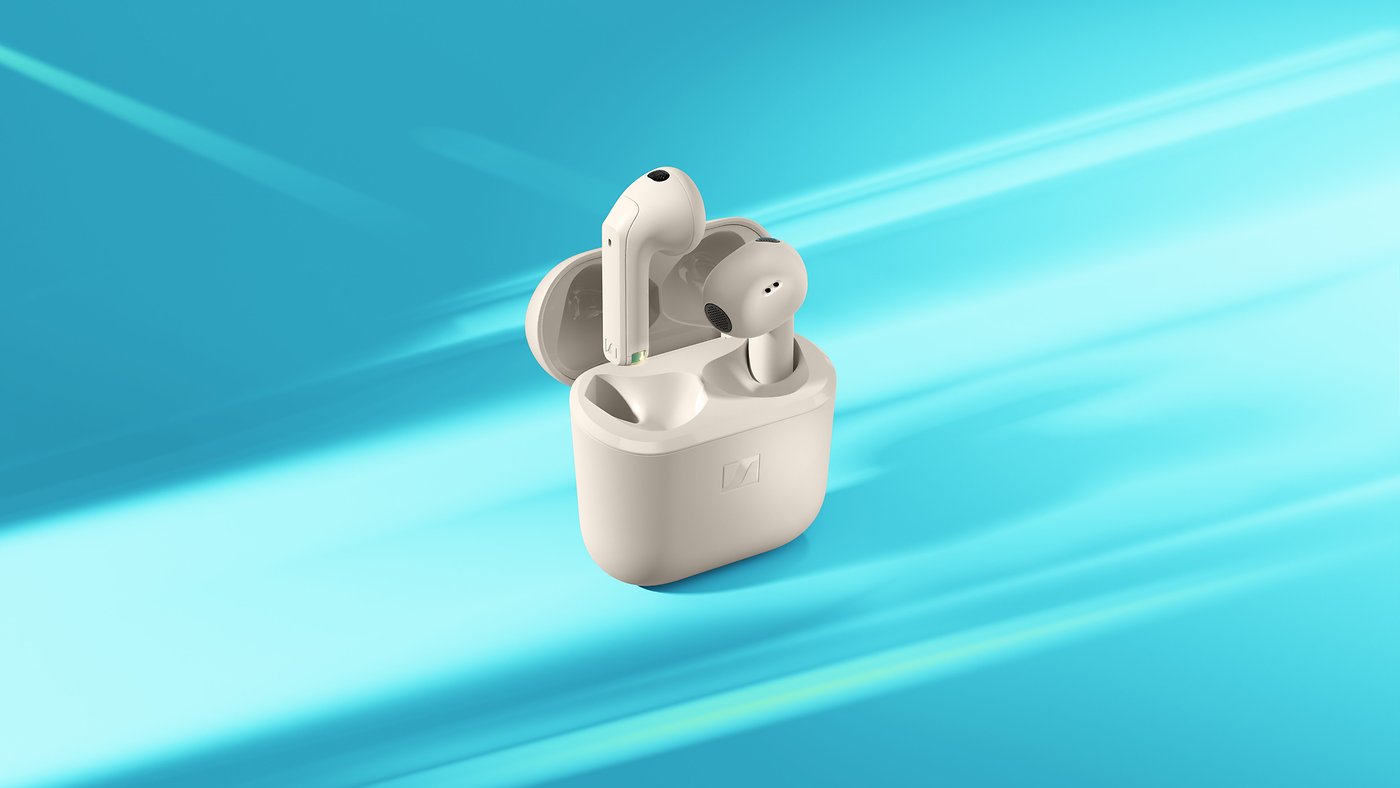


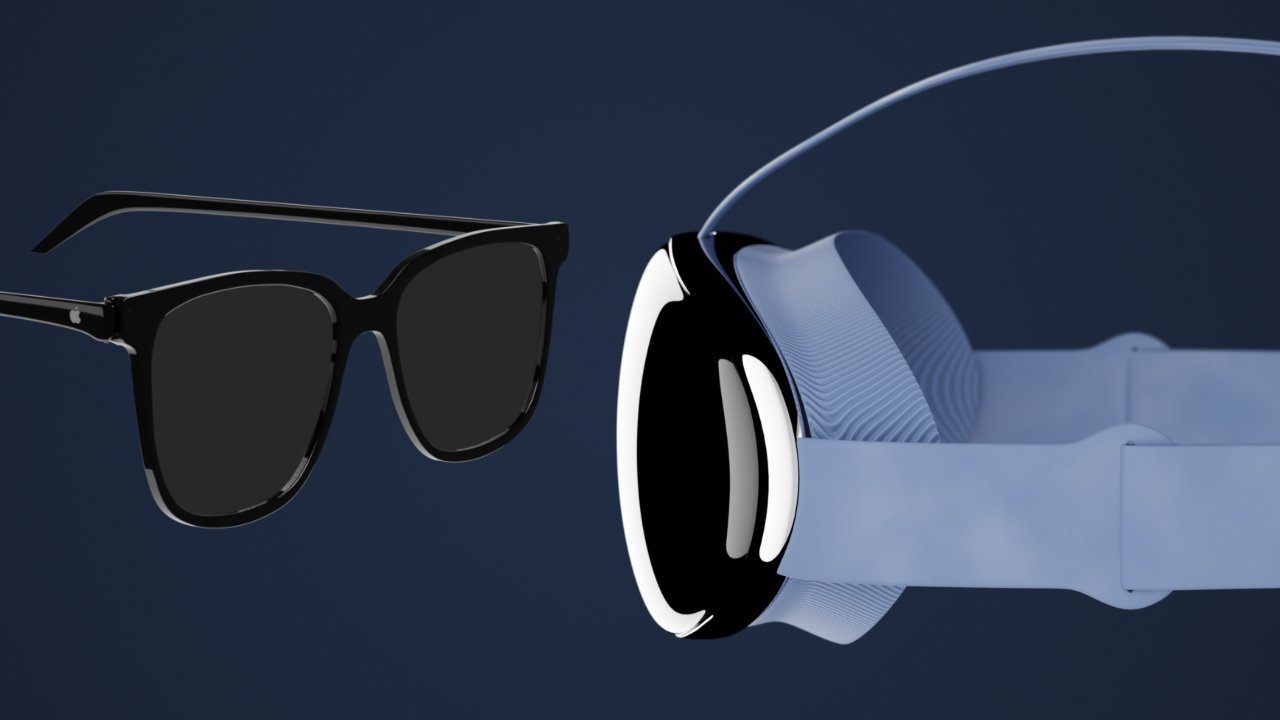









![Instacart’s new Fizz alcohol delivery app is aimed at Gen Z [U]](https://i0.wp.com/9to5mac.com/wp-content/uploads/sites/6/2025/05/Instacarts-new-Fizz-alcohol-delivery-app-is-aimed-at-Gen-Z.jpg?resize=1200%2C628&quality=82&strip=all&ssl=1)































































